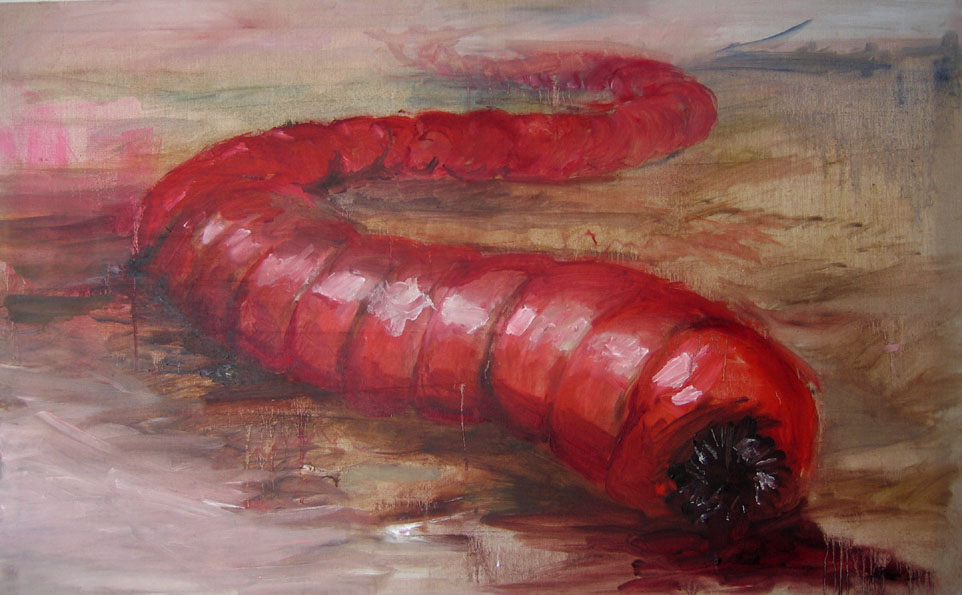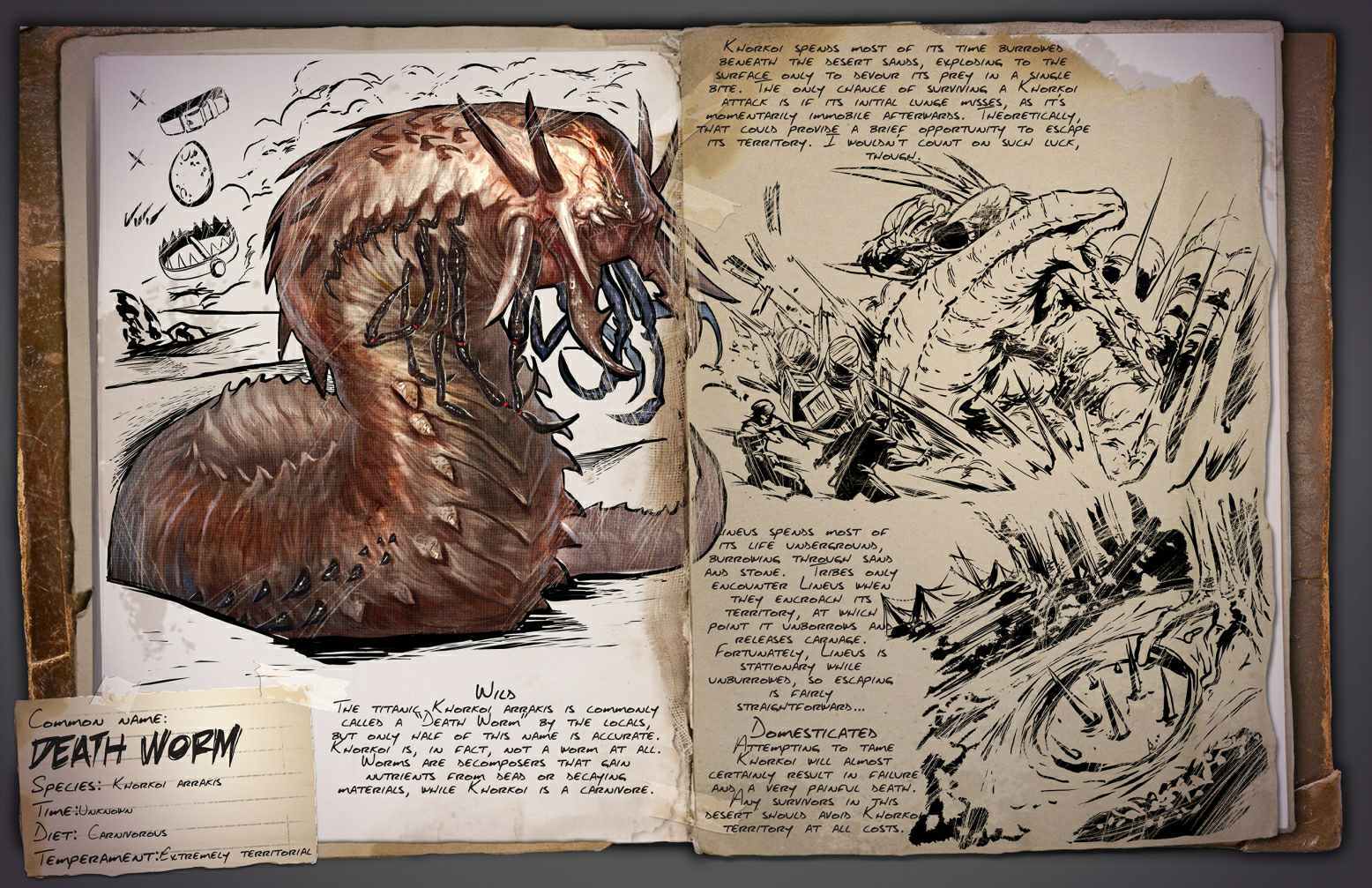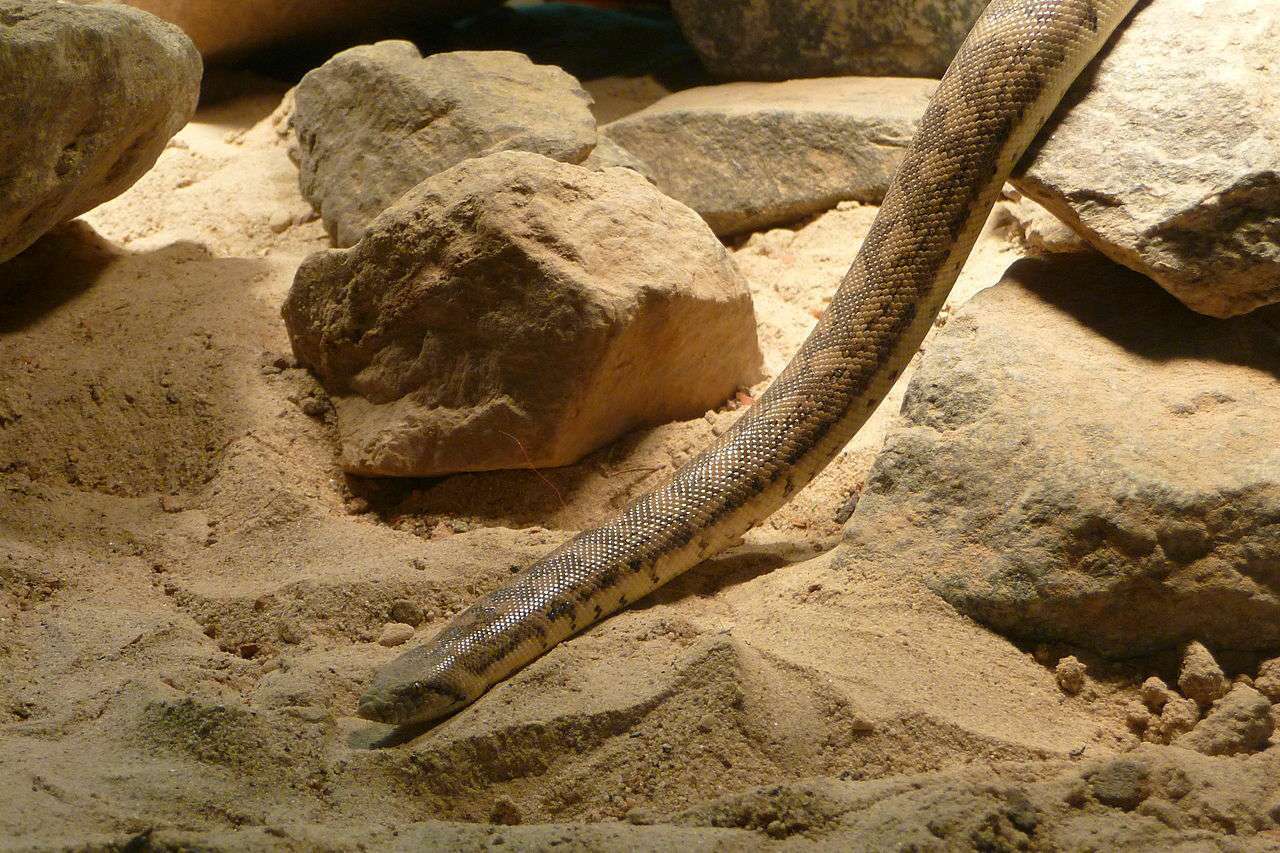When we talk of cryptozoology and cryptids we tend to first jump to the obvious cases – Bigfoot, The Loch Ness Monster, The Chupacabra, Mothman, and The Kraken. Various species of creatures are encompassed in these cases, such as primates and apes, possible living dinosaurs and mis-identified or unknown bird life. All of these creatures have various sizes and forms, and can clearly be seen when they make themselves observable, scaring and mystifying those who come into their path.

But what about the worms, the eerie little creatures that give us a creepy feeling. But still, regular worms are quite harmless and pose no real threat to us, except for the ones that infest the human body and cause a lot of menaces. Now imagine these creatures in a horrifying red color, a monstrous mouth with suckers and spikes, and an attack on sight attitude. These are the notorious Mongolian Death Worms.

The origin of this deadly worm’s appearance stories go as far as 1000 years but in 1922, Mongolian Prime minister talked about the appearance of this worm as a ‘sausage-like’ shape and around two feet long. With no distinct head or legs, this worm reeks of poison and would kill anyone within the instant of merely touching it. In 1932, the same man who cited the Prime Minister, published writings where he described the habitat for this creature is a dry, hot, and sandy area, specifying the western Gobi desert region.
In 1987, the Mongolian death worm was also reported to have an underground route creating disrupted sand waves as it moved. In this decade this worm got another local name called “olgoi-khorkhoi” after people were convinced that this deadly beast lived among them. But later on, it was confirmed as a specimen of Tartar sand boa. The behavior of the giant worm was predatory especially for camels; it is capable of inhabiting the animal’s intestines and laying eggs in it. Besides infestations, this slithering cryptid is claimed to have a yellow-ish venom that can corrode metal. The venom can also be sprayed by this worm-like snake species. One who is misfortunate enough to come in contact with its venom will face an excruciating pain followed by death.

Many expeditions and exploratory researches have been conducted to find this cryptid who has induced a great deal of fear and chaos among people. Till now, a lot of theories are also being considered for this monster to be related to some family of lizards or amphibians. This means it might not be a ‘worm’ after all. Some independent and daring ones have also managed to set up specialized traps for these unidentified species. All these suspicions and folktales are being passed on for decades from one village to another through travel and trade, and then more easily through television and media.




